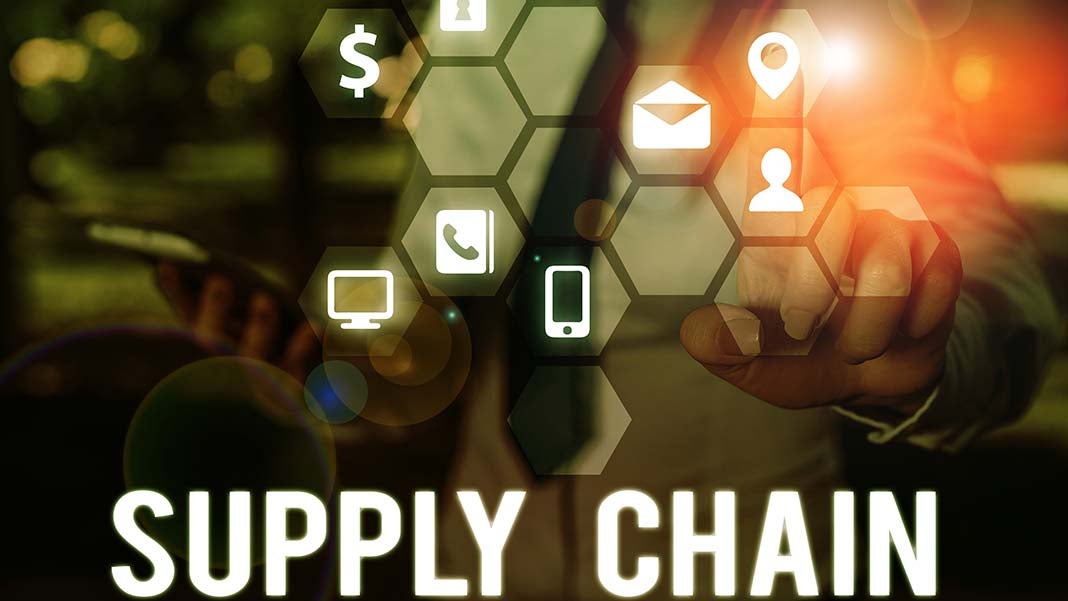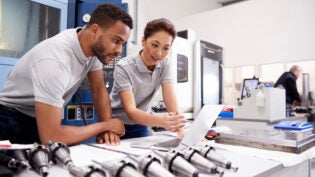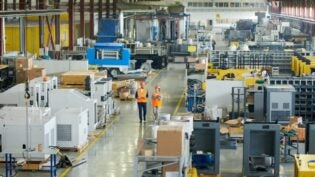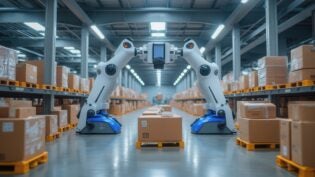Want a Sustainable Supply Chain? Learn Tips to Make It Happen
By: Redshift

Supply-chain sustainability rests on the idea that every step in the process of making a product matters. By definition, it is a holistic view of the social, environmental, and economic impact of supply-chain processes, logistics, and technologies.
Although a sustainable supply chain is still a nascent concept, many established manufacturers are already attempting to incorporate it into their business. The potential benefits are hard to dismiss: massive cuts in carbon emissions, huge cost savings, and ultimately satisfying a new wave of conscientious buyers.
In the age of artificial intelligence (AI), big data, and blockchain, the list of benefits and the way in which companies can achieve the benefits of a sustainable supply chain continue to grow. Below are some of the major industries and players setting examples for others in this arena, as well as creative ways in which it can be applied.
1. Companies Look to Supply Chains for Sustainability Gains
Companies can try their best to be sustainable in their own operations, but their supply chains on average contain 5.5 times as many greenhouse-gas emissions as their own operations, according to a CDP Worldwide report. According to the same report, in 2018, 115 of the world’s largest organizations looked into environmental information from more than 5,500 suppliers. Of these suppliers, 14 of them reported emissions reductions of 633 million metric tons of carbon dioxide, which led to a collective cost savings of $19.3 billion.
Due to numbers like these, purchasers are starting to strike off suppliers for poor environmental performance. Among those contemplating their carbon footprint and gaining recognition as supplier-engagement leaders are companies such as Samsung, Nestlé, HP, Honda, Alphabet, and Microsoft. Read the article.
2. Driving Sustainability in the Automotive Supply Chain
As the automotive sector becomes globalized, the environmental impact and the long-term sustainability of its business practices are becoming increasingly important. In addition to lower-emission vehicles, components made with lightweight materials, systems that require less engine power, and widespread adoption of electric technologies and more efficient factory processes, the industry is making strides in supply-chain sustainability.
One prime example is Volkswagen, which said it would start awarding more business to suppliers that focus on sustainability while punishing those who don’t. Another example is Mercedes-Benz’s foray into zero-emission trucks and use of blockchain technology for more transparency in complex supply chains. Another small but crucial detail lies in Volvo’s XC60 T8 Twin Engine plug-in hybrid SUV, which contains high levels of recycled plastics. Read the article.
3. Five Benefits of a Sustainable Supply Chain
Supply chains connect customers with products and services across the world; unfortunately, they come at a cost to the environment. It might come as a surprise to some that a typical company’s supply chain accounts for more than 80% of its greenhouse-gas emissions. The Chartered Institute of Procurement and Supply (CIPS) reports some of the main benefits of adopting a sustainable supply chain include reduced environmental impact, improved continuity of supply, protection against reputational damage, potential for new partnerships, and more business won. Read the article.
4. Six Steps to a More Ethical and Sustainable Supply Chain
More than 90% of the damage caused to the environment by consumer packaged-goods producers—including 80% of greenhouse-gas emissions—comes from the supply chain, according to a McKinsey report. As consumers become more conscientious about their purchases than ever before, they are interested in reports like these and thus expect organizations to meet a certain set of ethical standards and expect no less from their supply chains. Read the article.
5. How Blockchain Can Drive Supply-Chain Sustainability
Blockchain technology supports more distributed, cheaper, and faster ways for people and businesses to share transactional information securely. This also applies to supply-chain sustainability. For example, it can be used to record the purchase of a bottle of wine, where everyone involved in the process can track the creation of the wine, from casking to bottling. UPS Inc., which specializes in tracking and logistics, argues that by sharing this type of information, individuals have visibility into the availability of all unused logistics assets (trucks, trailers, construction, equipment, warehouse capacity), which would allow them to buy fewer assets and better use their current resources. Walmart, for example, partnered with IBM to use blockchain to track the delivery of perishable products along the supply chain. Read the article.
6. How AI Can Make Supply Chains More Sustainable
Another way companies can apply sustainability to their supply chains is through the use of AI. For example, the combination of AI, data, and innovative algorithms can help with collaborative shipping (also known as “sharing shipping”), which is the shared use of shipping and transport methods between organizations using GPS data and algorithms to be more efficient and sustainable. The combination can also help with synchromodality, which involves using a real-time data system to figure out the most cost-effective and environmentally friendly supply chain for delivering packages in real time. Read the article.












